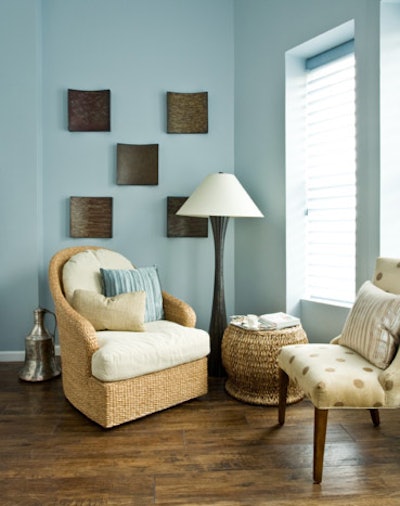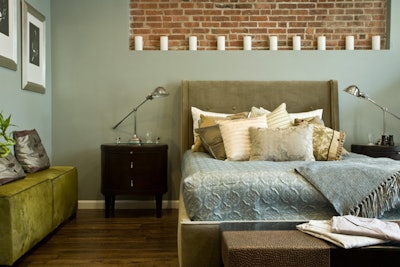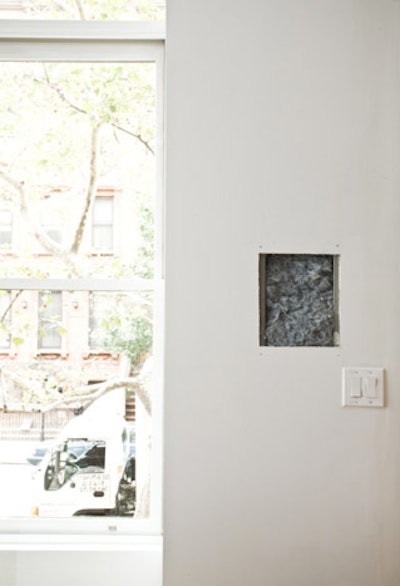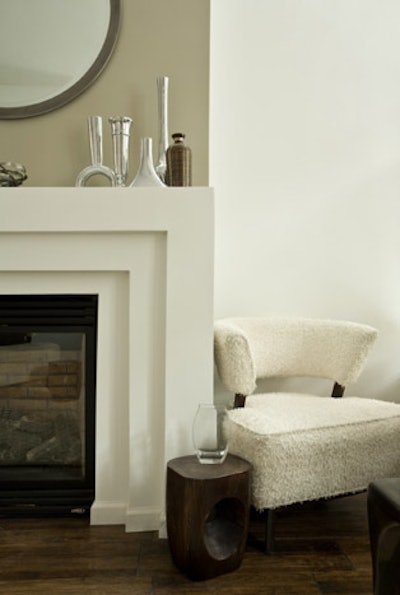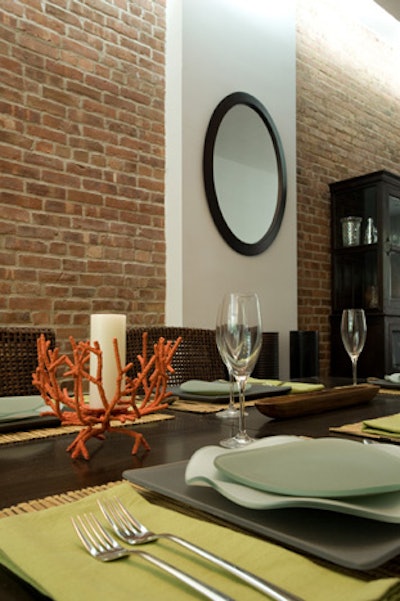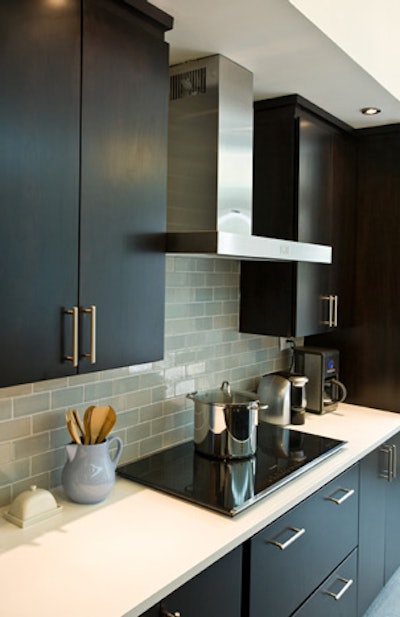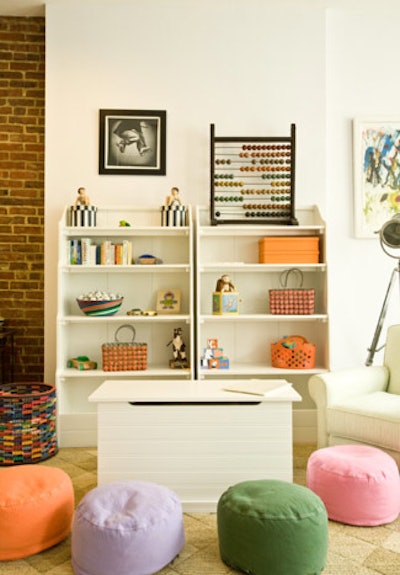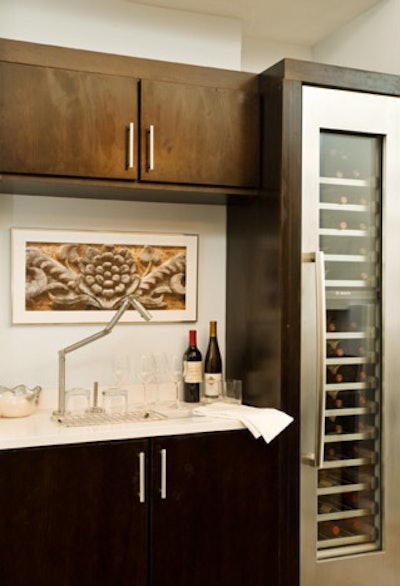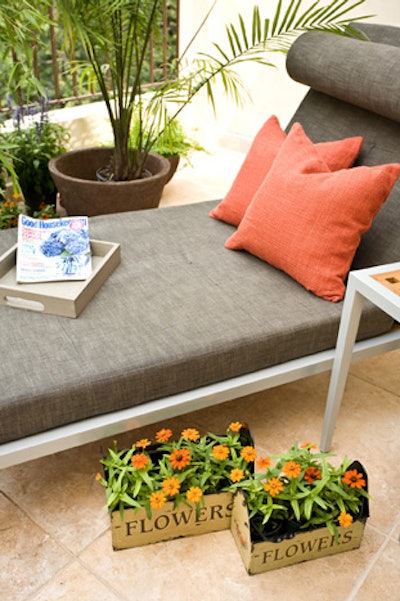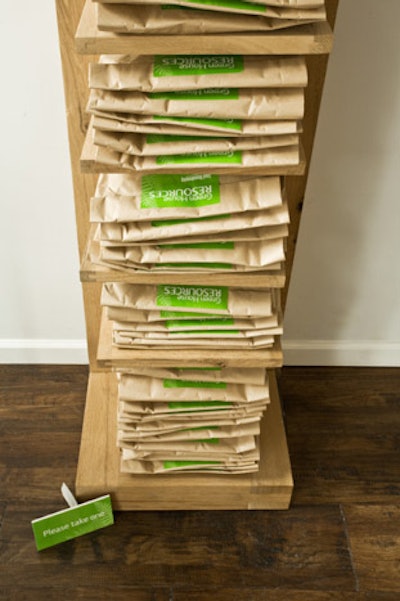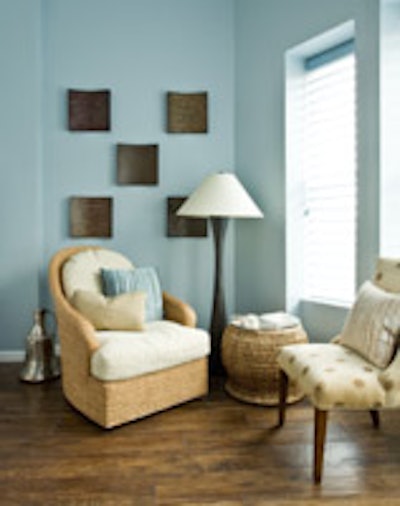Green comes in many different shades, and with so many events and marketing efforts aiming for an environmental angle these days, the results can come up short. To achieve something certifiably green, it takes quite a bit of work. Good Housekeeping wanted nothing short of that certification for its third annual "Green House," which opened its doors to the public in Harlem this past weekend, so the magazine built Manhattan’s first LEED-certified private residence.
The Leadership in Energy and Environmental Design designation requires attention to every detail of construction and design. Previous incarnations of the Green House in established homes on the Upper East Side and upstate in Saratoga somewhat limited the magazine's environmental efforts, but with the Harlem brownstone, there was an opportunity to start almost from scratch.
"So many times things like these are just greenwashed, and it's misleading to the consumer," said Good Housekeeping associate publisher Renee Lewin. "When we decided to pursue LEED certification, a broker told us about this house in Harlem with only three walls left, surrounded on both sides by other refurbished buildings. You could see the bones of the building were there, but it needed a lot of TLC."
Construction on the four-story home took a mere six months from start to finish, but the process was a unique one for the builders. "Everything we did was with our sponsors' materials," says Lewin. "You couldn’t just run to Home Depot."
The inconvenience of not being able to visit the nearest chain hardware store was probably muted by the tens of thousands of dollars in donated goods. Sponsors like Bosch Home Appliances, Green Depot, Kohler, and Shaw Floors were just some of the brands that signed on to the project. When construction completed, Robin Wilson brought all the elements together in her interior design.
Though the house is fully furnished and ready to sell or host a party, Good Housekeeping left a few raw elements intact to explain how the Green House earned its color. The juxtaposition of a fully set dining room table and a small hole in the wall that exposed the house’s recycled denim insulation showed guests that a sensitivity to the environment wasn’t limited to no-VOC (volatile organic compounds) paint and energy efficient windows. Touches like these, along with instructional materials, educated guests at a gala opening last Wednesday and the general public over the weekend.
For the next Green House project, Good Housekeeping is keeping its options open, but there's an interest in trying a project more easily achieved by the average consumer. The tenets of LEED certification, while some of the most beneficial to the environment, can be difficult and expensive to adhere to. There are only about 1,000 LEED-certified homes in the U.S.
When the magazine vacates the house on Wednesday afternoon, it's ready to sell. Owners Gad Demry and Michael Kadosh have already listed the property for $4.6 million. "If you're willing to compromise a little control," says Lewin of the profitable partnership for the owners, "it's a pretty great deal."
